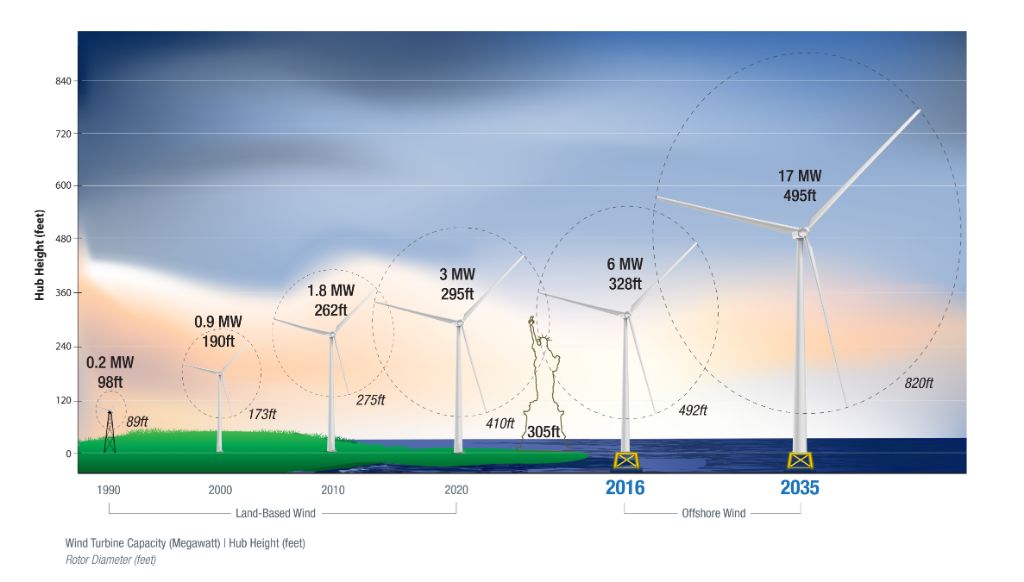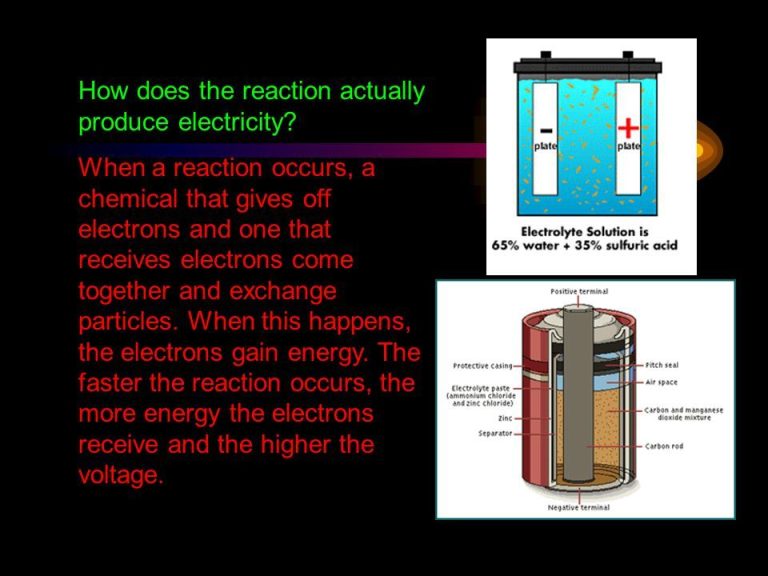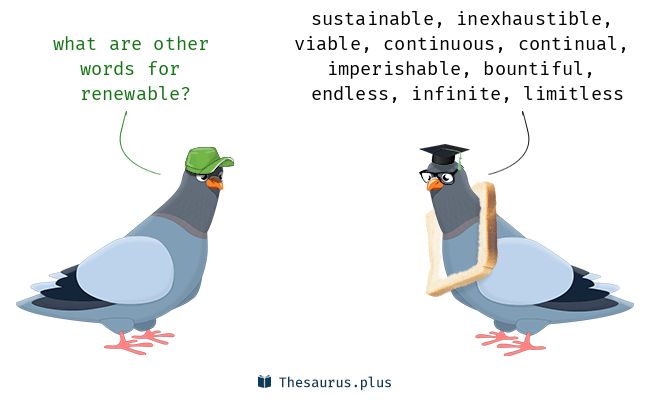Why Is Green Energy The Best?
Green energy, also known as renewable or sustainable energy, comes from natural sources or processes that are constantly replenished. This includes sunlight, wind, rain, tides, waves, geothermal heat, and more. Green energy is the best and most promising energy source for our future for several key reasons.
First, green energy emits little to no greenhouse gases, which directly addresses climate change. Second, costs have dropped dramatically in recent years, making green energy economically competitive or even cheaper than fossil fuels. Third, green energy improves public health by reducing air and water pollution. Fourth, transitioning to renewable energy drives technological innovation and creates jobs. Fifth, green energy resources are abundant and available everywhere. Sixth, renewable technologies allow decentralized energy production, providing energy access to rural areas. Seventh, green energy offers energy security through reliance on domestic resources immune to global price shocks. Eighth, green power enjoys strong public support worldwide. For all these reasons, renewable energy is quite simply the best and most rational energy source moving forward.
Environmental Benefits
Green energy sources like solar, wind, and hydropower provide critical environmental benefits compared to fossil fuels. By utilizing renewable resources that do not deplete with use, green energy reduces harmful emissions and pollution that contribute to climate change and ecosystem damage.
The burning of coal, oil, and natural gas for energy releases carbon dioxide, sulfur dioxide, nitrogen oxides, particulate matter, and other pollutants into the atmosphere. This pollution leads to smog, acid rain, and degraded air quality that can cause respiratory illnesses and heart disease. Green energy systems like solar panels and wind turbines produce no direct emissions during operation, dramatically cutting air pollution.
Greenhouse gas emissions from fossil fuel use are the primary driver of global climate change. By shifting to renewable energy sources that do not release extra carbon into the atmosphere, green energy helps mitigate climate change and its destabilizing impacts. From rising seas to more extreme weather, climate change threatens vulnerable communities and natural habitats worldwide.
Finally, green energy protects wildlife and ecosystems that are harmed by fossil fuel extraction and use. Mining coal and drilling for oil can degrade or destroy habitats. Oil spills contaminate oceans and shorelines. By reducing the demand for fossil fuels, green energy minimizes these impacts, preserving biodiversity and natural capital for future generations.
Economic Benefits
Transitioning to renewable energy like solar and wind can provide tremendous economic benefits for communities. The renewable energy sector has been a major engine for job growth, creating hundreds of thousands of stable, well-paying jobs in recent years. The solar industry alone employs over 250,000 Americans, while wind supports over 100,000 jobs. And these sectors are projected to continue growing rapidly, providing economic opportunities across the country.
Renewables like solar and wind have minimal fuel costs once installed, locking in affordable electricity rates for decades. This helps stabilize energy prices and protects consumers from potential cost spikes caused by fluctuations in fossil fuel markets. Though renewables require upfront investments, their long-term costs are very competitive with conventional power plants. And as technology continues to advance, the costs of renewables keep falling.
Scaling up homegrown renewables also strengthens energy independence and national security. Relying on domestically produced renewable electricity reduces our dependence on imported fossil fuels. This provides greater control over energy prices while keeping energy dollars circulating within local economies. Energy independence also insulates communities from global energy market volatility.
Public Health Benefits
Transitioning to green energy sources like solar, wind, and hydropower provides significant public health advantages over traditional fossil fuels. Burning oil, coal, and natural gas releases air pollutants like particulate matter, nitrogen oxides, sulfur dioxide, mercury, and other toxins. This leads to increased rates of respiratory diseases, cardiovascular problems, cancer, and premature death. Children, the elderly, and those with existing health conditions are especially vulnerable to the effects of air pollution.
In contrast, renewable energy produces little to no emissions that harm air quality. Widespread adoption of green power will reduce key pollutants and improve respiratory health across populations. For example, replacing coal plants with wind and solar is estimated to prevent thousands of premature deaths annually in the US alone. The public health benefits of clean energy extend beyond air quality as well. Eliminating reliance on fossil fuels will also reduce industrial discharges into waterways, lowering toxicity risks.
The positive impacts renewable energy can have on public health make it an obvious choice over continued dependence on polluting fuels. Clean power saves lives by curbing emissions and enabling cleaner air and water for all.
Technological Innovation
One of the most exciting aspects of green energy is how it spurs technological innovation. The massive growth of the renewable energy industry opens up opportunities for advances in green technology. Scientists and engineers are pushed to find creative ways to harness natural resources like the sun, wind, and water to generate cleaner electricity. These research and development efforts lead to exciting discoveries and inventions that can further improve renewable energy technologies.
For example, solar panels today can convert sunlight into electricity much more efficiently and cheaply than ever before thanks to ongoing enhancements in materials and design. Wind turbines are also rapidly improving, with some newer models standing over 200 meters tall and able to generate over 10 megawatts of power. Hydropower dams and generators can now incorporate fish ladders and screens to be more eco-friendly. Even nascent technologies like tidal, wave, and geothermal energy are seeing big leaps in viability through dedicated R&D.

The key benefit is that green energy offers almost unlimited room for growth and innovation. While fossil fuel technology has been largely stagnant for decades, renewable tech is constantly evolving and holds exciting potential. The companies and countries leading on green energy R&D today can reap huge economic rewards down the line as these technologies mature and go mainstream worldwide. Overall, the massive investments into renewable energy translate into accelerated progress that can benefit humanity.
Accessibility
Green energy offers increased accessibility compared to traditional fossil fuel-based energy systems. Many renewable energy technologies allow for decentralized and distributed generation, meaning energy can be produced at or near where it will be used. This enables energy access in rural and remote areas that lack connection to centralized energy grids. Small-scale solar, wind, and hydropower systems can provide electricity to isolated communities and households beyond the reach of traditional grid infrastructure. The modular and scalable nature of green energy makes it easier and more affordable to expand access. With lower infrastructure requirements, renewable energy can reach more people across wider geographical areas. This increased accessibility provides communities with the benefits of reliable and clean electricity. Green energy’s potential for decentralized and distributed generation makes it uniquely capable of reaching underserved populations.
Reliability
Renewable energy sources like solar and wind provide reliable electricity to the grid through smart integration and energy storage solutions.
Solar panels and wind turbines are engineered to withstand extreme weather events like storms, hail, and high winds. This makes them resilient even in regions with inclement weather patterns.
Smart grids utilize advanced software and connectivity to balance supply and demand. They route power from areas of high renewable generation to meet the real-time needs of the grid. This enables smooth integration of variable sources like solar and wind.
Energy storage through batteries and other technologies provides backup power when the sun isn’t shining or wind isn’t blowing. Stored renewable energy can be dispatched on demand, ensuring grid reliability.
Public Support
Green energy solutions enjoy high public approval ratings in surveys across many countries. In a recent Pew Research Center survey, 89% of Americans said they favored expanding solar panel farms, while 85% supported more wind turbine farms. Similarly, a European Commission survey found over 90% of EU citizens believe renewable energy is an important part of Europe’s energy future. This broad public support stems in part from an ethical stance – many people view shifting away from fossil fuels as a moral imperative necessary to combat climate change and protect the environment for current and future generations.
Addressing Counterarguments
While green energy has many benefits, some common concerns are raised as counterarguments. Looking at them closely shows these concerns can be addressed.
Intermittency concerns
Some claim green energy like solar and wind are too intermittent to provide reliable baseload power. However, intermittency can be managed by developing robust transmission networks, using forecasting tools, and pairing renewable sources with storage solutions like batteries or pumped hydro. Geographic diversity of renewable assets also helps smooth out variability.
Higher upfront costs
Green energy does often have higher upfront capital costs than fossil fuels. But costs have dropped dramatically in recent years as technology improves. And over the lifetime of a project, renewable energy is cost-competitive or even cheaper than conventional sources when health and environmental costs are accounted for. Most importantly, initial cost isn’t the only consideration – benefits like sustainability and energy security matter too.
Grid integration challenges
Integrating renewables into the existing grid does pose challenges, but they can be overcome. Utility operators are gaining experience managing two-way power flows and intermittent generation. New products help smooth integration like smart inverters and virtual power plants. Regulations and market rules are evolving to enable the flexibility and capacity the grid needs. So while integration takes effort, proven solutions exist.
Conclusion
In summary, green energy such as wind, solar, hydroelectric, geothermal and biomass offer numerous benefits compared to fossil fuels. Green energy helps combat climate change by reducing greenhouse gas emissions. It promotes energy independence by utilizing local renewable resources. The clean nature of green energy improves public health by reducing air and water pollution. Green technology fosters innovation and creates jobs. Renewable energy is becoming more accessible and affordable each year. It provides reliable around-the-clock power through energy storage and grid improvements. Public support continues to grow as more people realize the environmental, economic and health advantages of sustainability.
With continued investment, research and political will, we can transition to an economy powered predominantly by clean energy. This will help preserve the planet for future generations. Widespread adoption of renewables combined with energy efficiency will allow us to meet our energy needs while drastically cutting carbon emissions. The future is bright for abundant, affordable and eco-friendly power that benefits all of society. Together, we can build a sustainable world powered by green energy.




